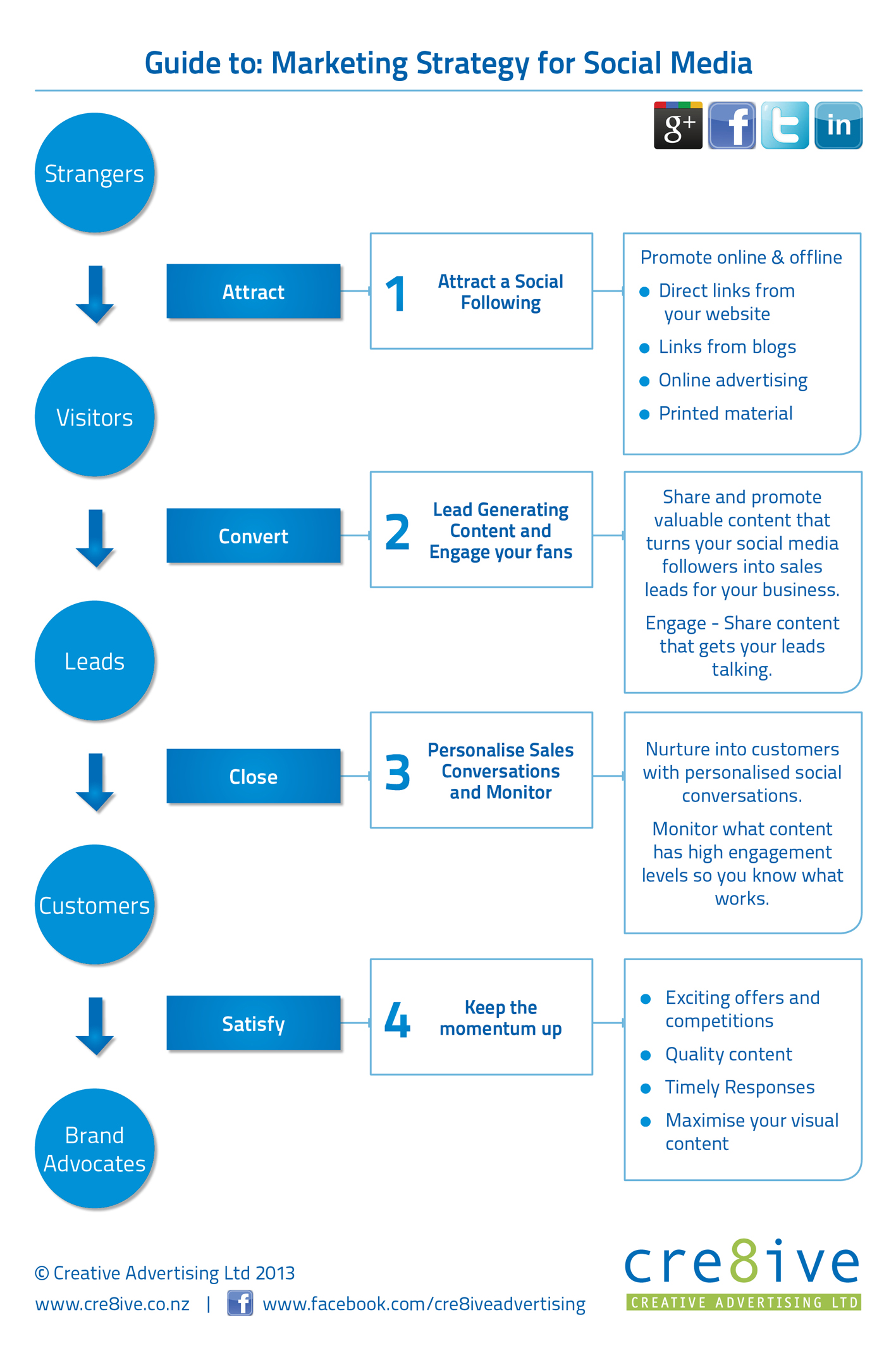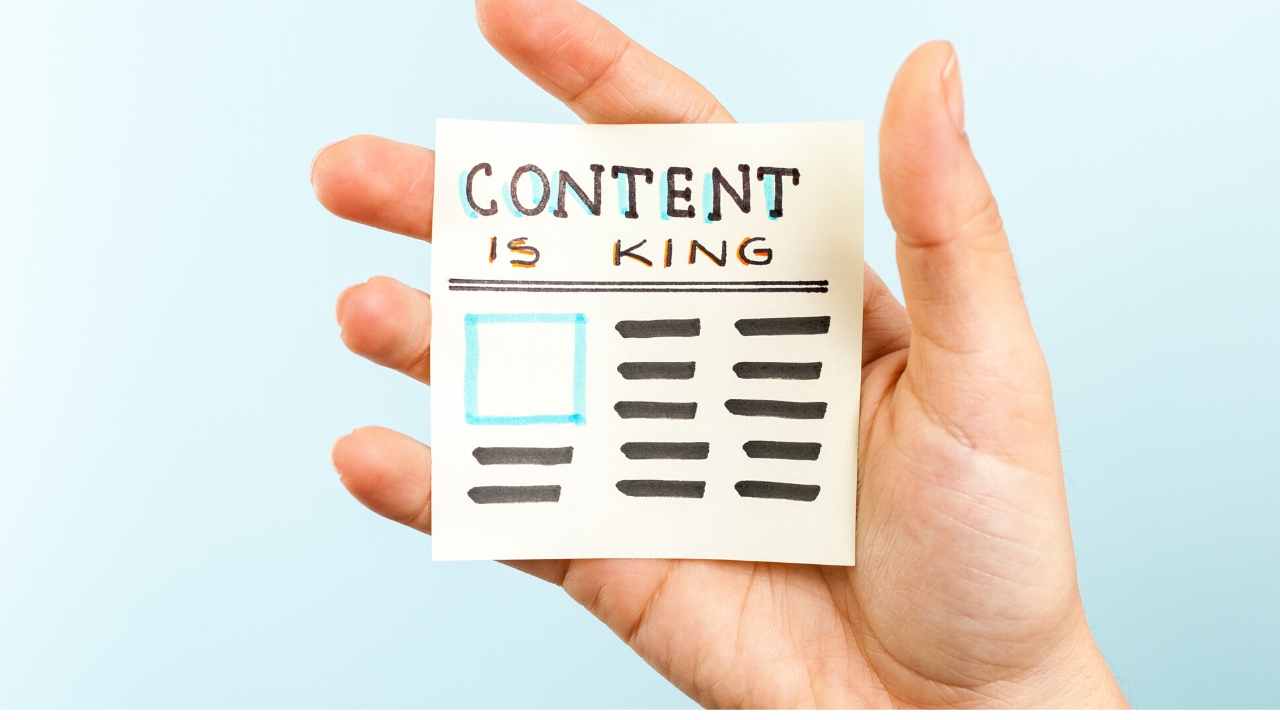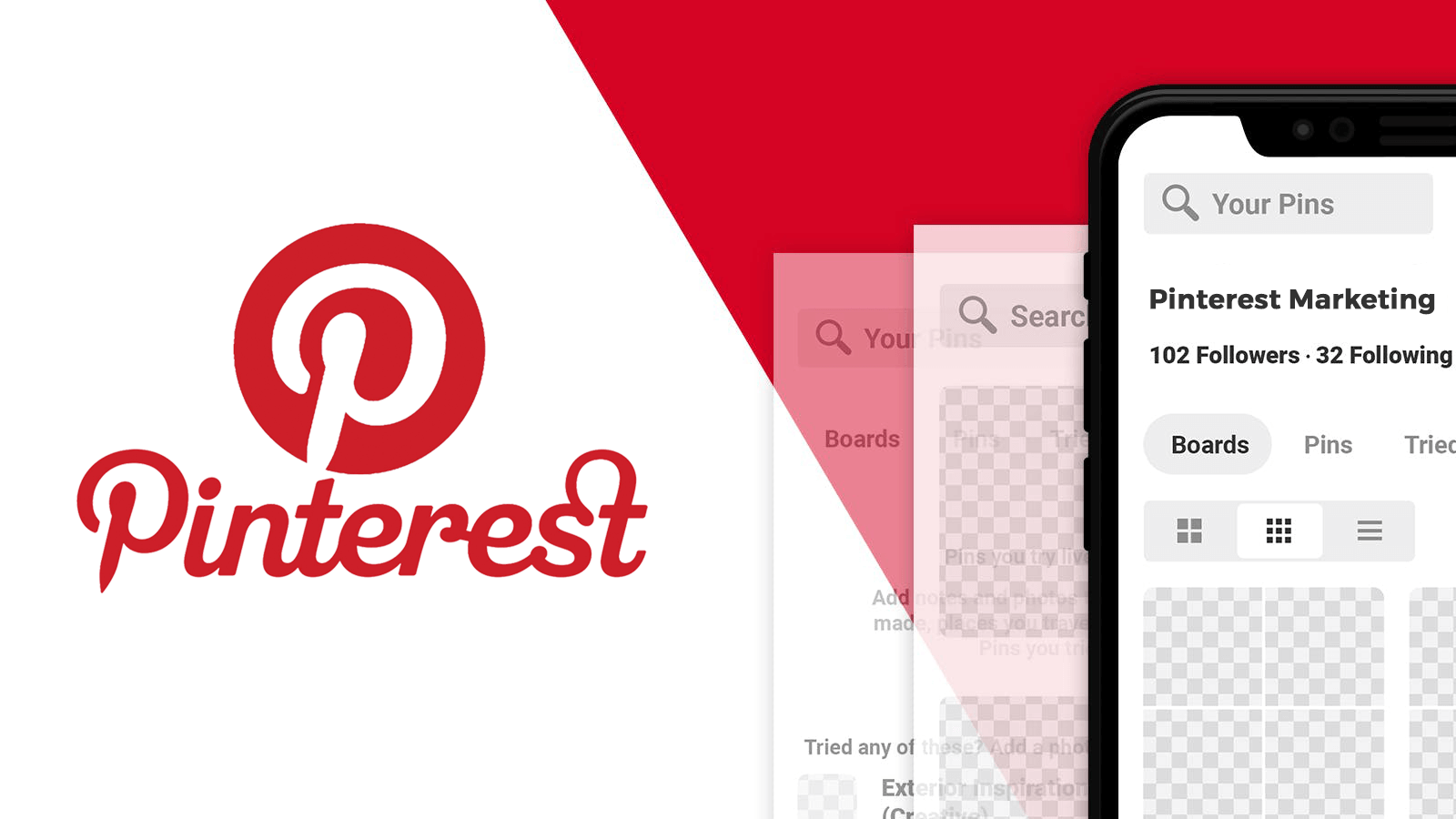
The marketing technology stack is a group of software tools that enables marketers to gather, store, analyze, and act on data. The aim is to send personalized messages that encourage conversions. It is vital for businesses to understand how to utilize this data to better meet the needs of consumers. A successful marketing stack requires a clear strategy, responsibilities, and workflows. Using a streamlined martech stack allows marketers to spend less time collecting and managing data, and more time focusing on the actual marketing process.
A typical marketing tech stack includes foundational technology, marketing tools and software platforms. The best tech stacks are led by a single owner who has clear responsibilities. Marketing teams can leverage the marketing tech stack in order to improve their customer experience and increase lead generation. This will ultimately help them earn the best ROI.

Technology stacks of today are flexible and often include collaboration tools. Software platforms such Intercom or Outreach make it possible for team members to share and collaborate on software. CRMs can also integrate with project management and collaboration software. These CRMs can streamline task management and communication.
The marketing tech stack is being used by companies to engage customers at every stage of the customer journey. Companies can use this data for continuous improvement and measurement of their marketing activities. This includes measuring sign-ins and analysing content requests. A growing concern for businesses is creating a seamless user experience. Modern businesses need to collect, analyze and transform data into insights in order to drive business growth.
There are many common marketing technologies that businesses use. However, these are not the only tools that can be used for marketing purposes. You should also consider sales enablement, social media amplification, content and analytics.
The number of tools that are part of a marketing tech stack increases as more businesses connect. This is due to rapid technological advancements in digital marketing. There are over 7,040 solutions for marketing tech. Companies are exploring new technology in order to find the best tools for their needs. The marketing technology industry will grow to more than 8,000 people by 2020. It is essential to choose a marketing stack that meets your needs.

European VC Tech Stack, a common example of a marketing technology stack, is one. It provides all the tools necessary for a company to do business. It contains many popular platforms, including Tableau and Salesforce.
Uberflip's tech stack is another example. It is easy-to-use and displays every stage of the customer experience. Consumers expect personal interactions with brands. Consumers want to feel like the brand knows them. Technology like Clearbit and Intercom can make these experiences more enjoyable.
It's crucial to understand the customer journey and determine the best marketing stack for your business. Each step of the customer path generates data. Your stack must include all data collected. Data-driven marketing will give you a deeper understanding of your customer.
FAQ
How much should I invest in content marketing?
This depends on the number of leads you wish to generate. Depending upon the industry, the average cost for a lead can range from $5 to $10. When we started our business, for example, we spent about $20 per lead. Today, we spend an average of $6-7 per lead.
Do content marketing agencies provide the best services?
Most content marketing agencies have extensive knowledge in developing content strategies for clients.
Their expertise can save you time and help you to create a personalized plan that is tailored to your needs.
However, not all agencies have the same skills. There are some companies that specialize in a specific niche, like eCommerce. Others specialize in certain industries, such as law firms.
Ask them what areas they are skilled in to find the agency that is right for you.
What are the benefits of content marketing?
Content marketing helps drive leads and sales by creating high-quality content. Content marketing also provides a steady stream of fresh, original content that can be used to promote products and services. In addition, content marketing increases brand awareness and trust among potential customers. Your company's image is enhanced by content marketing.
Why do you need a content marketing strategy?
Content marketing isn't just about producing quality content. Instead, content marketing involves engaging people on an emotional level and helping them solve their problems. This requires an in-depth understanding of online behavior.
This is precisely what Content Marketing Strategy does. Content Marketing Strategy will help you to understand the psychology of your customers in order to best engage them.
It also helps you improve your conversion rates to increase your profits.
However, there are plenty of options for content marketing strategies.
Content marketing strategy is more effective than any other form of marketing.
So, whether you want to build brand awareness or sell products, a well-executed Content Marketing Strategy is the way to go.
How long should content marketing last?
It depends on your goals. Many businesses seek short-term results. Others are seeking long-term growth. We recommend starting with three consecutive months of content creation, then reviewing the results after that period.
How can I improve my content marketing strategy?
Content marketing strategies can be improved by focusing more on the audience, content and distribution. You must first understand your ideal customer. Also, find out where they are online. Once you have this information, your content can be tailored to their tastes. The second step is to create a voice and style that differentiates you from the rest. You must also know how to effectively distribute your content.
Statistics
- An example of an overarching goal could be: "In 2022, we want to achieve a 20% increase in revenue created by organic content and generate 15,000 MQLs with a budget of $30,000." (semrush.com)
- Companies that use content marketing see approximately 30% higher growth rates than businesses not using it. (mailchimp.com)
- Forty-seven percent of buyers view 3 to 5 pieces of content before engaging with a sales representative. (mailchimp.com)
- Measure your goals with a progress indicator of 0-100%. Make your goals collaborative and transparent (semrush.com)
- Progress indicators (0–100%) allow each team member to see how attainable each goal is and understand what remains to be accomplished. (semrush.com)
- According to research compiled by Coschedule: Companies that publish 16+ blog posts a month get as much as 3.5x as much traffic as those that publish 0-4 posts a month. (criteo.com)
- According to our research, 65% of companies with very successful content marketing in 2021 ran content audits at least twice a year. (semrush.com)
- Seventy-two percent business to business (B2B) (mailchimp.com)
External Links
How To
What is Content Marketing?
A content marketing program (CMP), or content marketing plan, is a strategic document that helps to establish your goals, objectives, as well as strategies for developing and executing a website. It is a guideline for achieving those goals through content creation, distribution, and other means.
The CMP is typically broken down into 3 main areas.
-
Your overall strategy - What are you looking to achieve?
-
Your content strategy – Where can you find the right people who will write, curate and distribute your content content?
-
The strategies you'll use in order to implement your strategy. What channels will your content be shared on? What type of content will your produce?
These four components are essential for a CMP to be effective.
-
Goal Setting - Define your target audience, and establish measurable KPIs to measure success.
-
Audience Research – Get to know your ideal customers and where to find them.
-
Strategy – Develop a clear vision and strategy for where you want to be. You can then break it into smaller pieces.
-
Execution - Set realistic expectations around when you expect to see results from your efforts.